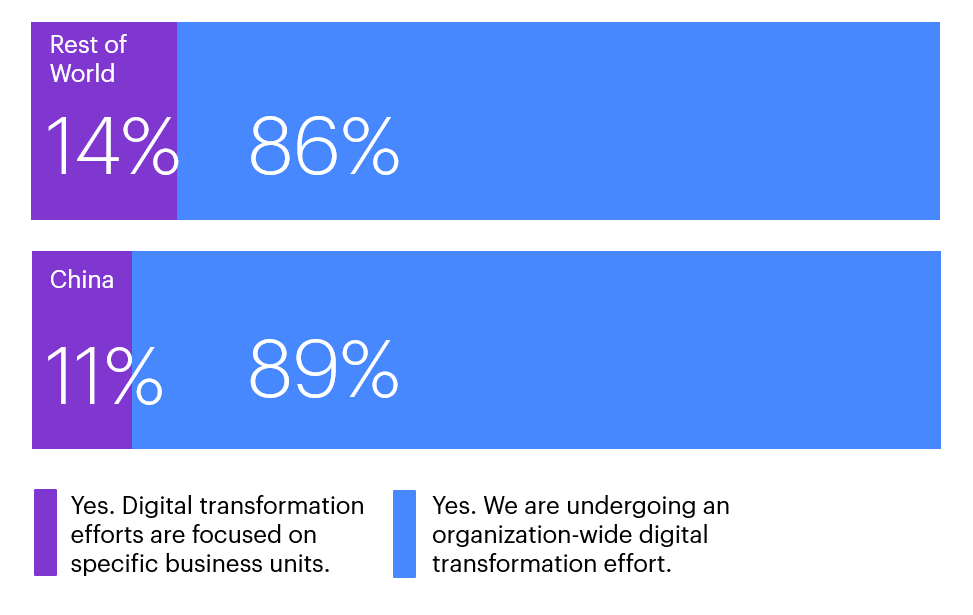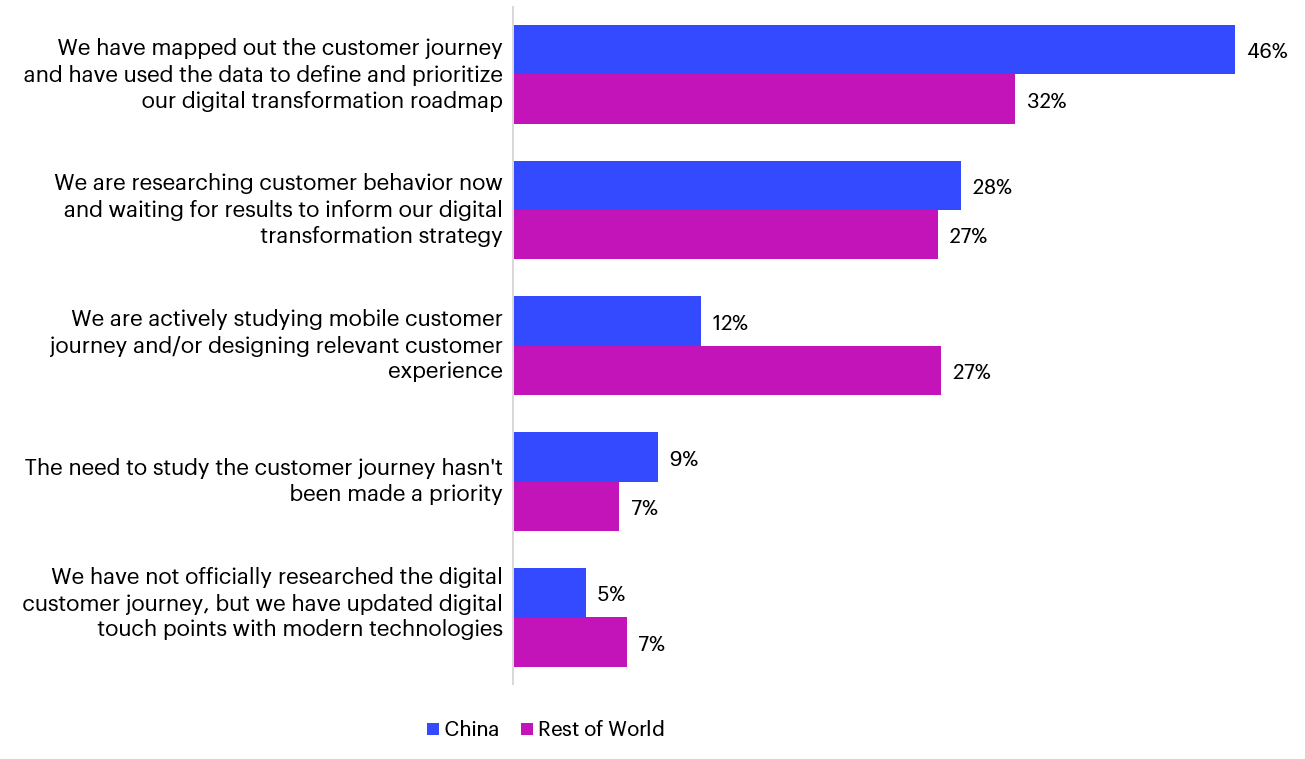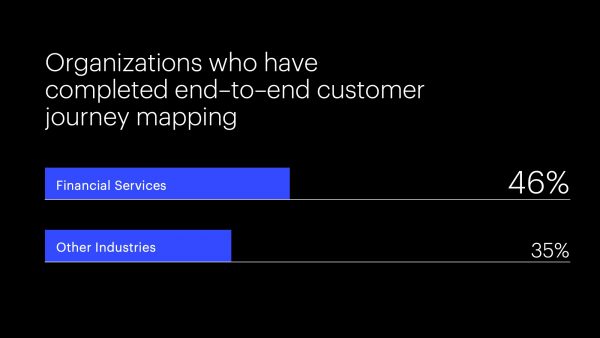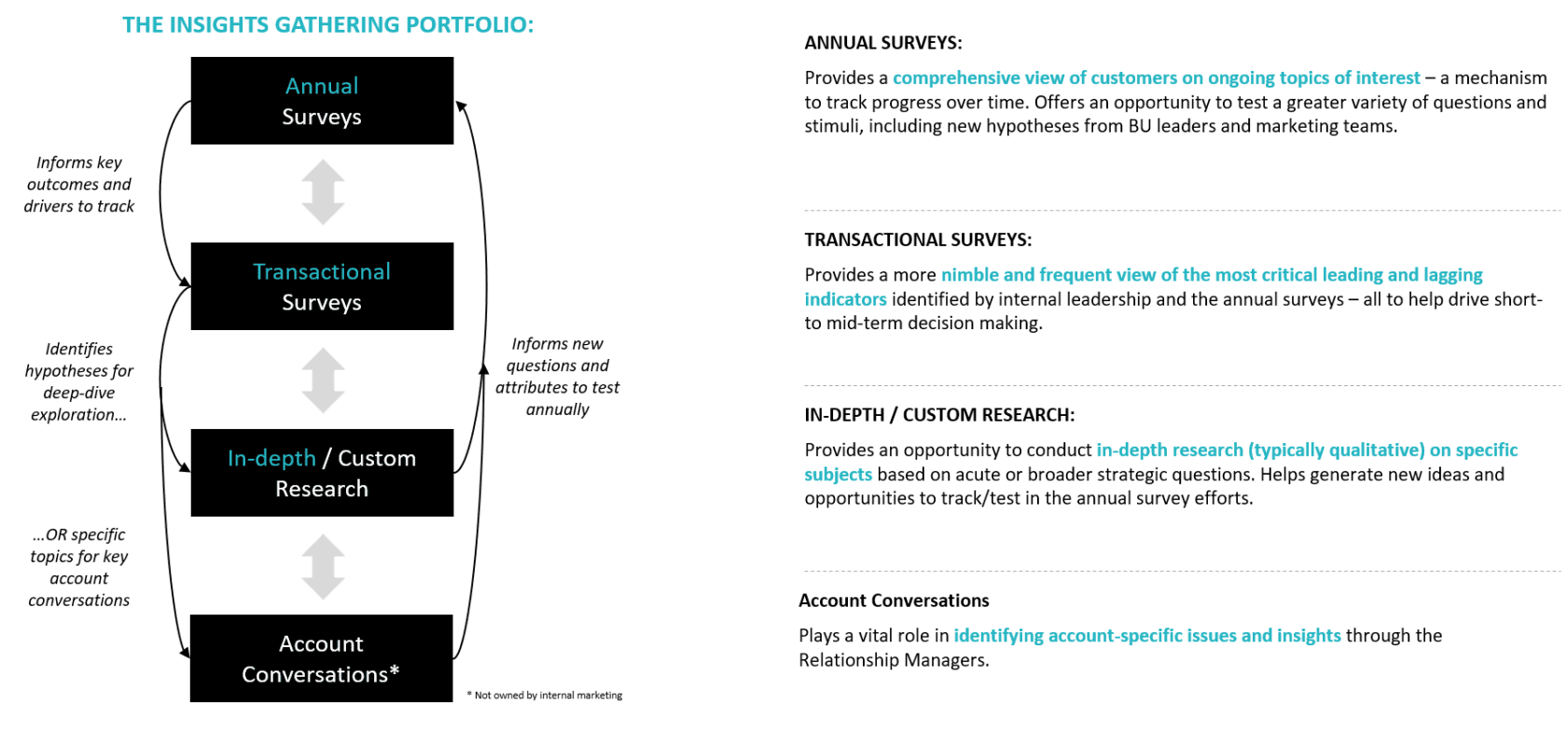BLOG
Is Your Value Proposition Clear and Customer-Informed?
Cigna, Starbucks and JP Morgan all offer lessons on discovering what customers really want.
Companies seeking to accelerate growth by improving their value proposition may be stopping short by solely focusing on identifying the total addressable market (TAM). While identifying attractive market spaces is the right first step, a market-led growth approach alone is insufficient. It can lead to false assumptions that make a business vulnerable. Successful value propositions require a deep exploration of target customer needs, not just market size, to inform how to unlock growth.
The Limitations of a Market-Led Growth Approach: Starbucks’ Expansion
To see the limitations of using only a market-led growth approach, recall in 2008 when Starbucks announced the closure of 600 US stores. At the time, Starbucks was confronted with the challenge of continuing to drive same-store sales while rapidly expanding its footprint. The brand created new offers around wi-fi services, music and an expanding menu of food and drinks while opening stores at a rapid pace.
However, Starbucks’ customers were starting to seek out other coffee chains. Companies like McDonald’s and Dunkin Donuts were improving their value propositions around coffee to regain forfeited shares. In the process, Starbucks diverted investments in delivering a great coffee experience in favor of investing in near market adjacencies with little success.
“Successful value propositions require a deep exploration of target customer needs, not just market size, to inform how to unlock growth.”
This led Starbucks to deliberately rethink its value proposition and develop a focused set of customer-led growth moves to turn around the business. And where did Howard Schultz start? With the customer. Starbucks launched a series of new moves including the introduction of a Pike Place blend, delivering whole bean coffee to stores and purchasing new machines designed for better coffee brewing. Starbucks later continued with one of the most engaging loyalty programs in retail to continue to drive same-store sales. They have continued to evolve their value proposition in countries against customer needs, with frappuccino beverages ranging from red bean green tea in China to dulce de leche in Argentina. Starbucks has even created uniqueness in its more than 30,000 stores around the world.
Why Value Propositions Should Be Aligned with Customer Needs: An Example From Cigna
Sharpening one’s value proposition against target customer needs and supporting it with market-shaping moves can become an essential motivator on “why buy from us”. But it’s not just retailers who seek out developing strong customer-led, value propositions. We see categories like health insurance and financial services driving massive transformations in their market-facing propositions and investing greatly to understand customer needs.
Take the health insurance challenge of continued cost pressure, rising cost burdens, and trying to create engagement and value beyond the policy. To combat this, global health services company Cigna has made significant investments to truly understand its customers, recently completing a three-year study of 200,000 consumers on health incentives. The company has been on a journey to strengthen its value proposition with a focus on integrated capabilities and connected, personalized solutions that advance whole-person health.
Cigna started this proposition development through a thoughtful augmentation of value-added services for employers and employees built around customer needs. Cigna services support a range of issues employers care about for employees such as life assistance, financial wellness, health advocacy, wellness and travel. The company is taking these services to the next step piloting Cigna Health Today™, an Amazon Alexa voice skill aimed at proactive health engagement.
In 2018, Cigna distributed more than $255 million in cost savings back to customers for completing 2.5 million health goals. Further, in December 2018 Cigna announced a $67 billion acquisition of Express Scripts Holding as a move to strengthen the company’s position as a one-stop-shop for health needs. Core to Cigna’s value proposition is finding a more complete way to engage and support customers beyond just insurance.
A Customer-Informed Value Proposition to Drive Uncommon Growth: JP Morgan Chase
In financial services, a lot of focus has been placed to thwart off emerging FinTech and BigTech (e.g., Alibaba, Apple, Amazon) and winning with the next generation of affluent millennial consumers. JP Morgan Chase shocked audiences during a time of industry-wide increased operational cost pressure by offering 100K point consumer signup bonuses on its new millennial-focused Sapphire Reserve card. The card hit its annual acquisition goal in two weeks and Chase even ran out of the signature metal cards.
JP Morgan estimated quarterly losses at the end of 2016 at over $300 million. This did not come absent of a strategy than invested heavily on deeply understanding millennial consumer financial services and spending needs down to the “plunk” factor of dropping the metal card. JP Morgan Chase was seeking to build one of the strongest value propositions behind Sapphire and extend the offer well beyond credit cards.
JP Morgan Chase, CEO Jamie Dimon shared that despite acquisition costs expensed over 12 months, the benefits would come over several years. Fast-forward just over 2 years since the launch and the results are impressive. The average Sapphire Reserve cardholder income is ~$180K and the average sales volume of $39K, a true “top of wallet” card. What’s more impressive is that 96% of cardholders actively use their cards and annual renewal rates are >90%. The company does 2X the industry average in merchant processing volume over $1.2 trillion and has raised its credit card Net Promoter Score with customers 18 points since 2012. JP Morgan Chase hasn’t stopped there, the company continues to find meaningful ways to deliver customer value (new “moves”). Evolving its Premier Platinum checking accounts to launch Sapphire Banking, with new perks like no ATM, foreign exchange, or wire transfer fees. Sapphire Banking also includes free online stock and ETF trades along with access to special experiences. Sapphire is giving valued customers an ever-widening list of perks and services to keep people locked into the ecosystem.
FINAL THOUGHTS
What can we learn from Starbucks, Cigna, and JP Morgan Chase? That true value proposition development is a customer-led effort (not just a market-led one) and requires focused, deliberate, multi-stage investments in moves to deliver growth.
Ask the following questions to assess if your organization is headed in the right direction to strengthen its value proposition with customers:
- Do you have a clear articulation of why customers should choose you and stay with you vs. your competitors?
- Is your growth agenda fueled by deep customer insights on “how to win”?
- Have you validated and mapped the series of customer demand-generating “moves” your company will pursue over the next 1-3 years to build your value proposition?
Learn how Prophet is strategically helping evolved enterprises across the globe transform their marketing and sales for uncommon growth.




















